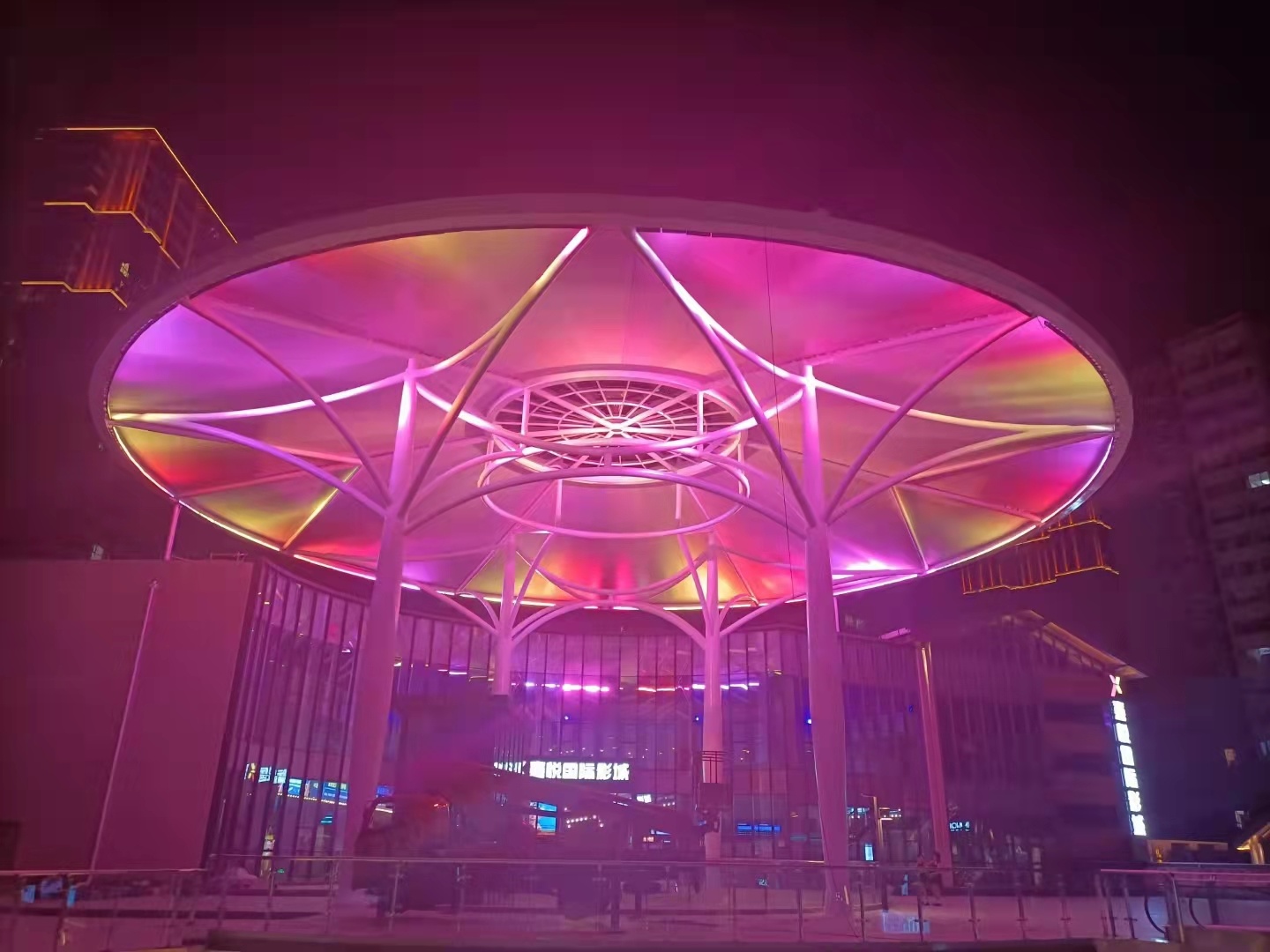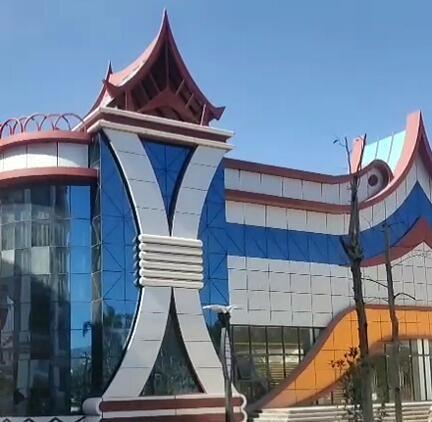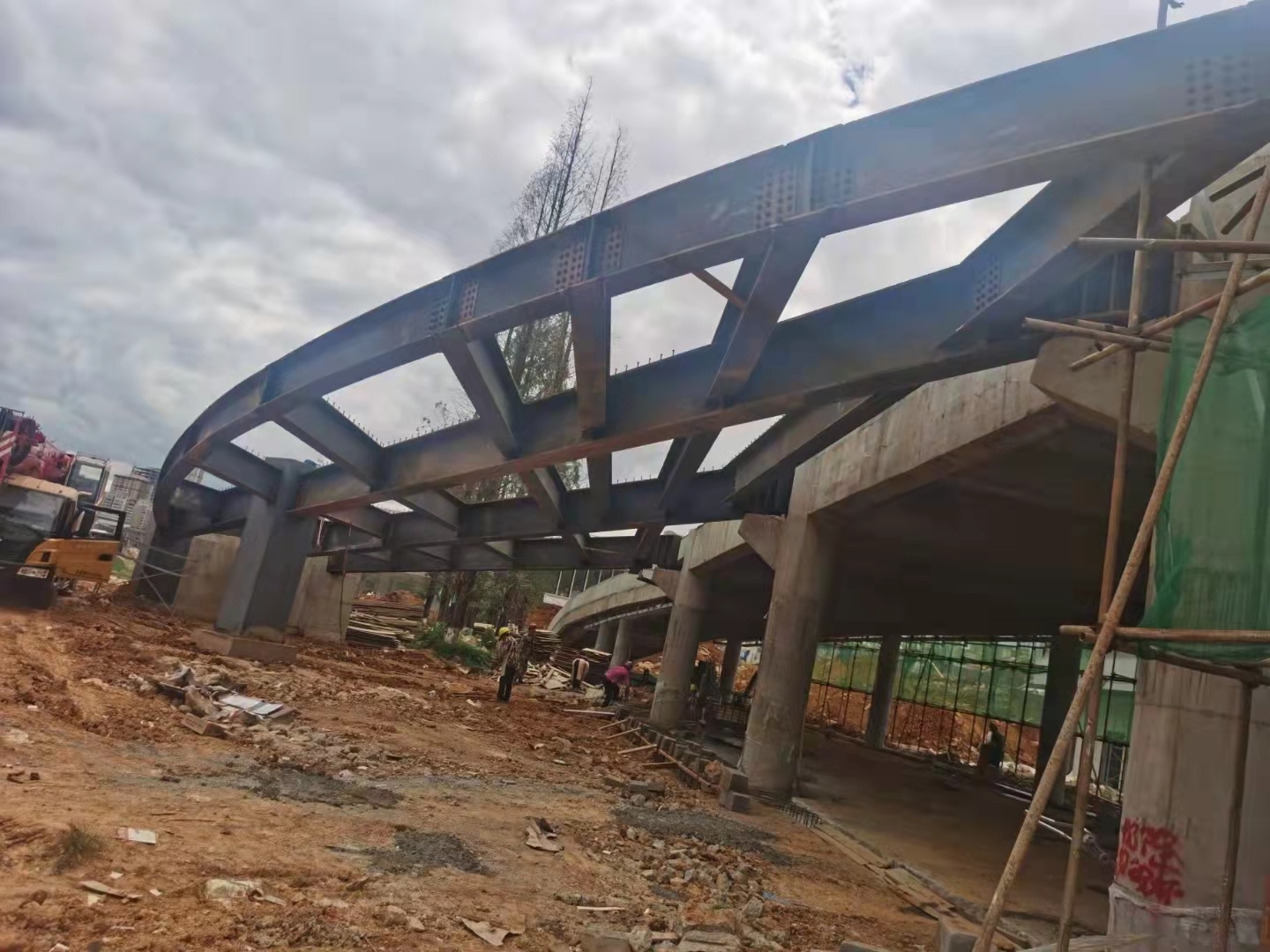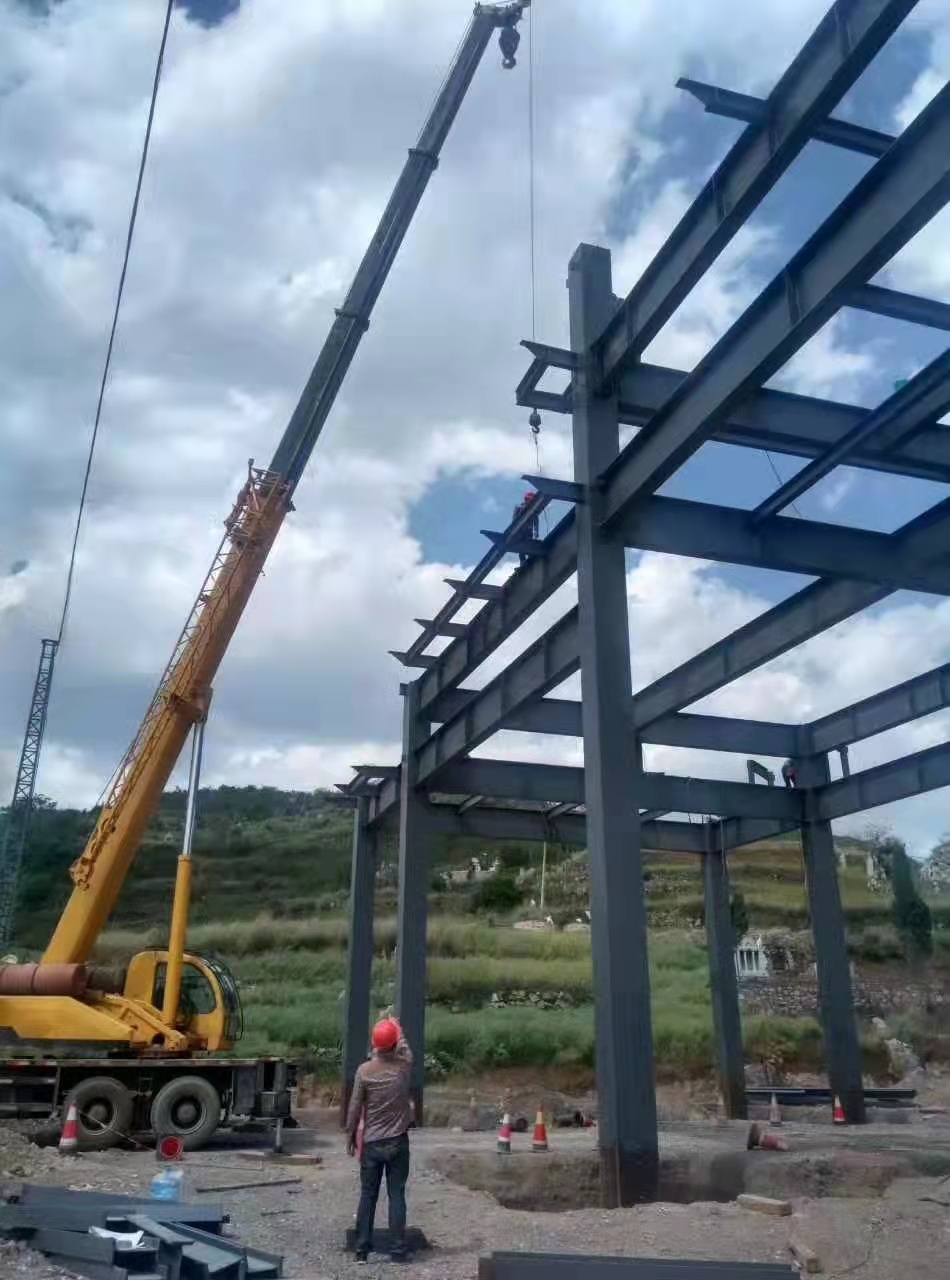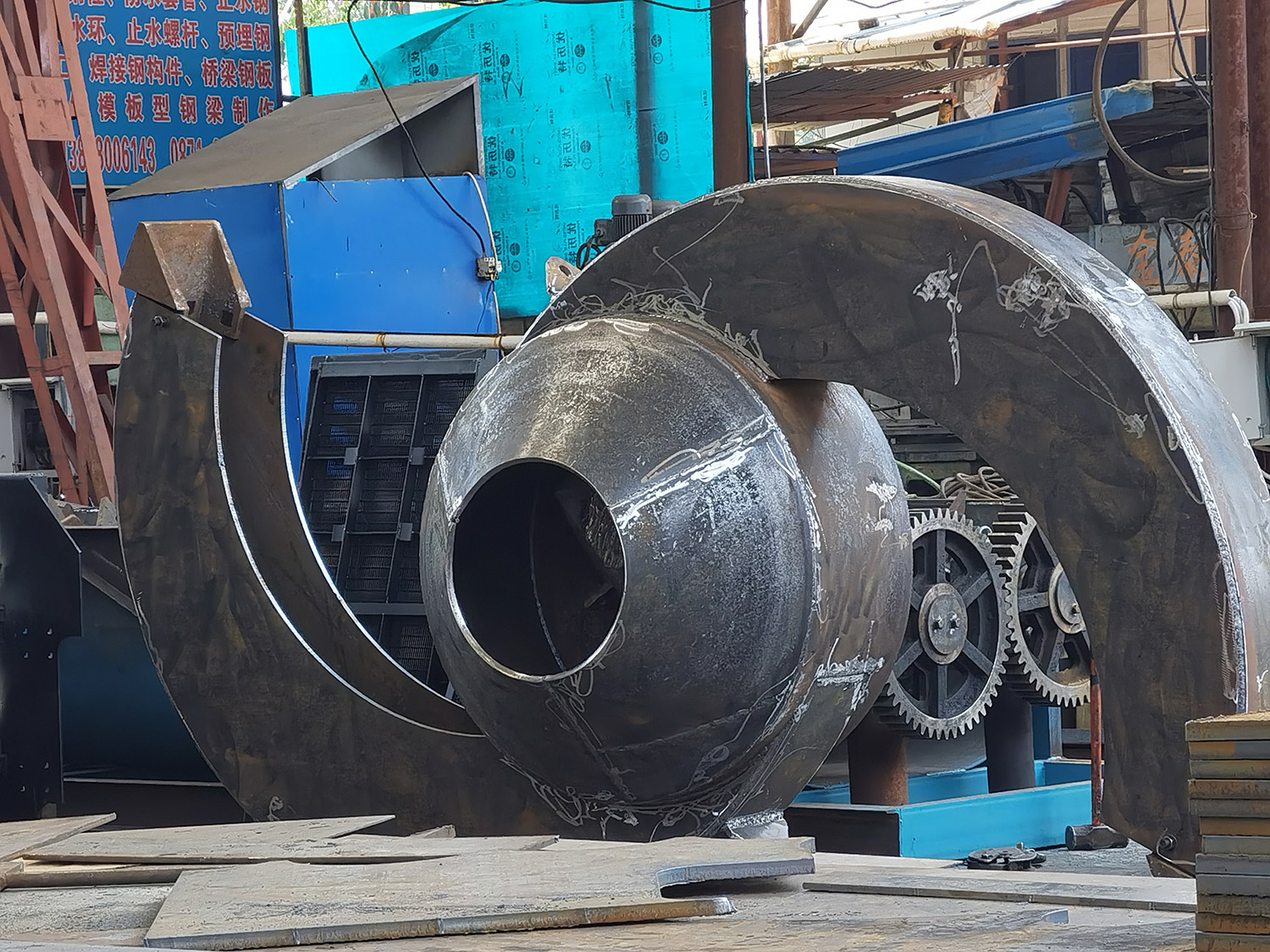2025-02-20
The Light and Beautiful Modern Architecture of Membrane Structures in Yunnan
Yunnan membrane structures, as a representative architectural form of the 21st century, occupy a pivotal position in modern architecture due to their unique charm and wide range of applications. 1. Characteristics of Membrane Structures Yunnan membrane structures are architectural structures that utilize high-strength, flexible membrane materials and auxiliary structures to create pre-stressed internal forces, forming a spatial shape under stress control. Their surface stability depends on reciprocal curvature, therefore requiring the creation of concave and convex spatial surfaces. Membrane structures break away from the linear style of traditional architecture, giving buildings new vitality and artistry through their graceful curved shapes and clean, concise lines. 2. Advantages of Membrane Structures Large Span Capacity: Membrane structures are lightweight and have good seismic performance, enabling large-span spatial coverage without internal supports, effectively increasing usable space. Artistic Nature: Membrane structures break through traditional architectural structure types, offering varied shapes and rich colors. They can be combined with natural conditions, fully leveraging the architect's imagination to create curves and shapes that are difficult to achieve with traditional architecture. Economic Efficiency: Membrane materials have a certain degree of light transmittance, reducing lighting intensity and duration during the day and saving energy. Furthermore, membrane structures are easy to disassemble and relocate, making them particularly suitable for temporary or mobile applications.
2025-02-10
Representative architectural forms of membrane structures in Yunnan
Yunnan membrane structures, with their unique charm and wide range of applications, have become dazzling stars on the architectural stage. They not only break free from the constraints of traditional architectural styles, but also, with their beautiful curved shapes, simple and clear lines, and the fusion of strength and softness, have become iconic representatives of modern architecture. The basic principle of Yunnan membrane structures is to combine high-strength flexible membrane materials with auxiliary structures (such as steel frames and steel cables) to create prestress within the membrane material and form a spatial shape under stress control. This structural form is lightweight, has good seismic performance, and can cover large spans, effectively increasing the usable space area. At the same time, the membrane material has good light transmission, self-cleaning, and environmental protection properties, making membrane structure buildings have significant advantages in energy saving and environmental protection. From the perspective of architectural aesthetics, membrane structure buildings are undoubtedly a visual feast. Their beautiful curved shapes and rich colors break away from the straight lines and monotonous tones of traditional architecture, adding a bright landscape to the city. Whether it is the roof system of stadiums, airport halls, or public facilities such as exhibition centers and shopping malls, membrane structures can attract people's attention with their unique shapes and aesthetics. In addition to their aesthetic value, membrane structures also
2025-01-31
The supporter and innovator of modern steel structure buildings in Yunnan
On the stage of modern architecture, Yunnan steel structure, with its unique charm and unparalleled advantages, has become a star in numerous construction projects. From skyscrapers to large bridges, from stadiums to industrial plants, steel structures, with their performance and flexibility, support the innovation and development of modern architecture. 1. Definition of Steel Structure Yunnan steel structure refers to a structural form in which steel is the main material, connected into a whole by welding, bolting, or riveting. As an indispensable part of modern architecture, steel structure, with its high strength, light weight, good ductility and plasticity, provides architects with a broad design space. 2. Characteristics and Advantages of Yunnan Steel Structure High strength and light weight: Steel has extremely high strength and can withstand huge loads. At the same time, its light weight reduces the overall weight of the structure, reducing the requirements for the foundation. Good seismic resistance: Steel structures have good seismic resistance, can effectively absorb and dissipate seismic energy, and improve the safety of buildings. Fast construction speed: Steel structure components are mostly prefabricated in factories, and only assembly is required on site, greatly shortening the construction period and improving construction efficiency. Spatial flexibility: Steel structures can easily meet the needs of large-span and large-space buildings,
2025-01-21
The strong backbone of modern steel structure buildings in Yunnan
On the skyline of modern cities, skyscrapers, large bridges, stadiums and other iconic buildings rise from the ground. They not only demonstrate the progress of human civilization, but also represent the crystallization of modern engineering technology. Behind these magnificent structures, Yunnan steel structures, with their unique advantages, have become the strong backbone supporting these behemoths. I. Definition of Steel Structure Yunnan steel structure is a building structure system mainly composed of steel. It utilizes the high strength, good plasticity and toughness of steel, and combines various components into a whole through welding, bolt connection and other methods to meet the building's requirements for bearing capacity, stability and durability. II. Characteristics of Steel Structure High strength: Steel has high tensile, compressive and shear strength, enabling steel structures to withstand large loads and suitable for constructing high-rise buildings and large-span structures. Lightweight and high strength: Compared with other building materials, steel has a lower density but extremely high strength. This allows steel structures to reduce self-weight while maintaining sufficient load-bearing capacity. Good seismic resistance: Steel structures have excellent ductility and energy dissipation capacity, effectively absorbing and dissipating seismic energy and improving the seismic performance of buildings. Fast construction speed: Steel structure components
2025-01-13
The strong support of Yunnan's modern steel structure buildings
Yunnan Steel Structures, as a crucial component of modern architecture, have become an indispensable part of the construction industry due to their unique advantages and wide range of applications. 1. Definition of Steel Structures Yunnan steel structures are structural forms primarily made of steel. They are mainly composed of steel sections and steel plates, including components such as steel beams, steel columns, and steel trusses, and are connected through welding, bolts, or rivets to form a stable and robust building structure. 2. Characteristics of Steel Structures High Strength and Light Weight: Steel has high strength and relatively light self-weight. This allows steel structures to require less material and be lighter when bearing the same load. Good Seismic Resistance: Steel structures possess good ductility and plasticity, enabling them to effectively absorb and dissipate seismic energy, thus resulting in superior seismic performance. Fast Construction Speed: Steel structure components are easily manufactured in factories, and on-site assembly is fast, significantly shortening the construction period. Good Sealing Performance: Welded structures can achieve complete sealing, suitable for buildings requiring airtightness or water tightness. Heat Resistant but not Fire Resistant: The strength and elastic modulus of steel decrease significantly at high temperatures, so steel structures require fire prevention measures. Poor Corrosion Resistance: Steel is susceptible to corrosion in humid and...
2025-01-02
Processing technology, application and future trends of special-shaped parts
Irregular parts, as a type of special processing part with significant differences in shape, size, or structure from conventional standard parts, are widely used in aerospace, automobile manufacturing, mechanical equipment, mold design, and other industries. Their unique structure and performance requirements make irregular part processing a technology-intensive and knowledge-intensive industrial activity. I. Irregular Part Processing Technology Irregular part processing involves a variety of technologies, mainly including CNC machining, casting, forging, and welding. Among them, CNC machining technology, with its high processing accuracy, high production efficiency, and strong adaptability, occupies an important position in irregular part processing. Through modern precision manufacturing equipment such as CNC machine tools and CNC machining centers, combined with CAD/CAM software for 3D modeling and analysis, the accuracy and performance requirements of irregular parts can be ensured. In addition, with the continuous development of 3D printing technology, its application in irregular part processing is also becoming increasingly widespread. 3D printing technology can directly manufacture parts with complex shapes according to digital models, greatly shortening the product development cycle and reducing production costs. II. Application of Irregular Part Processing Irregular parts are widely used in various fields. In the aerospace field, irregular parts are often used in aircraft parts, components, and other high-precision, high-


